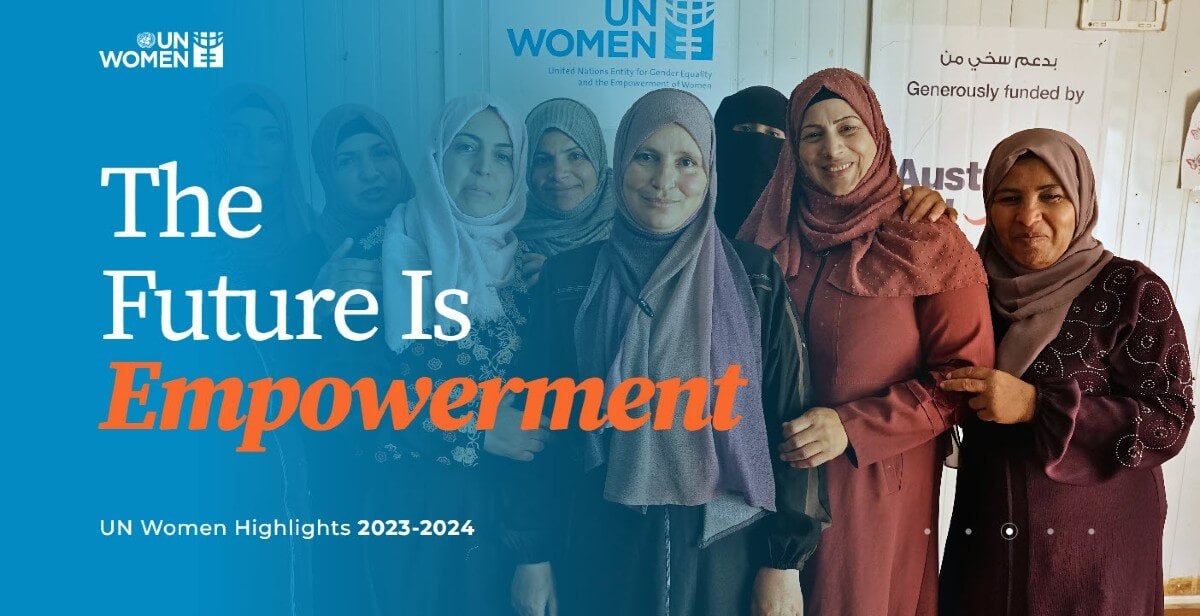The 2030 Agenda for Sustainable Development

In 2015, countries agreed on the need for comprehensive financing for development, adopted a new sustainable development agenda, and charted a universal and legally binding global agreement on climate change.
Concluding a negotiating process that spanned more than two years and featured the unprecedented participation of civil society, on 2 August 2015, governments united behind an ambitious agenda that features 17 new Sustainable Development Goals (SDGs) and 169 targets to be achieved by 2030. These goals and targets seek to realize the human rights of all and to achieve gender equality and the empowerment of all women and girls. They are integrated and indivisible and balance the three dimensions of sustainable development: the economic, social, and environmental. The Goals and targets were adapted to stimulate action over the next fifteen years in areas of critical importance for humanity and the planet.
Each year, the High-level Political Forum on Sustainable Development convenes for follow-up and review of the 2030 Agenda for Sustainable Development and the SDGs. UN Women’s contribution to this review includes the annual release of the Progress on the Sustainable Development Goals: The Gender Snapshot report.
Progress on the Sustainable Development Goals
The Gender Snapshot 2023 brings together the latest available data on gender equality across all 17 goals to provide an updated assessment of progress to date. The findings are sobering. Progress towards achieving the gender equality goal has been slow and insufficient. The distance to equal is long and time is short. The world is currently not on track to achieve gender equality by 2030.
Tracking progress of Sustainable Development Goal 5
Of the 18 indicators tracked under SDG 5, only two are close to target: the proportion of seats held by women in local government, and laws on equal access to reproductive health, information and education. In four areas critical to women’s empowerment—equality between women and men in time spent on unpaid care and domestic work, decision making regarding sexual and reproductive health, mobile phone ownership among women, and having comprehensive systems in place to track and make public allocations for gender equality—the world is far or very far from the target. Progress on the other nine indicators with data stands moderately far from the target, but moderate is deeply insufficient when gender equality is a necessary foundation for progress across the 2030 Agenda for Sustainable Development.
Explore SDG 5 progress at the global, regional and country level.
SDG Spotlight Series publications
In addition to the flagship report on the SDGs, The Gender Snapshot, UN Women in collaboration with partners routinely produces the Spotlight on the SDGs paper series.
The objective of the series is to analyse and assess global trends in thematic areas across the SDGs from a gender perspective. Each paper reviews the state of gender equality in one of the 17 SDGs and showcases how multi-level data disaggregation by sex, age, and other relevant characteristics can help in identifying gender gaps and inequalities among groups of women and girls. Pressing data gaps and measurement challenges are also highlighted in each spotlight.













